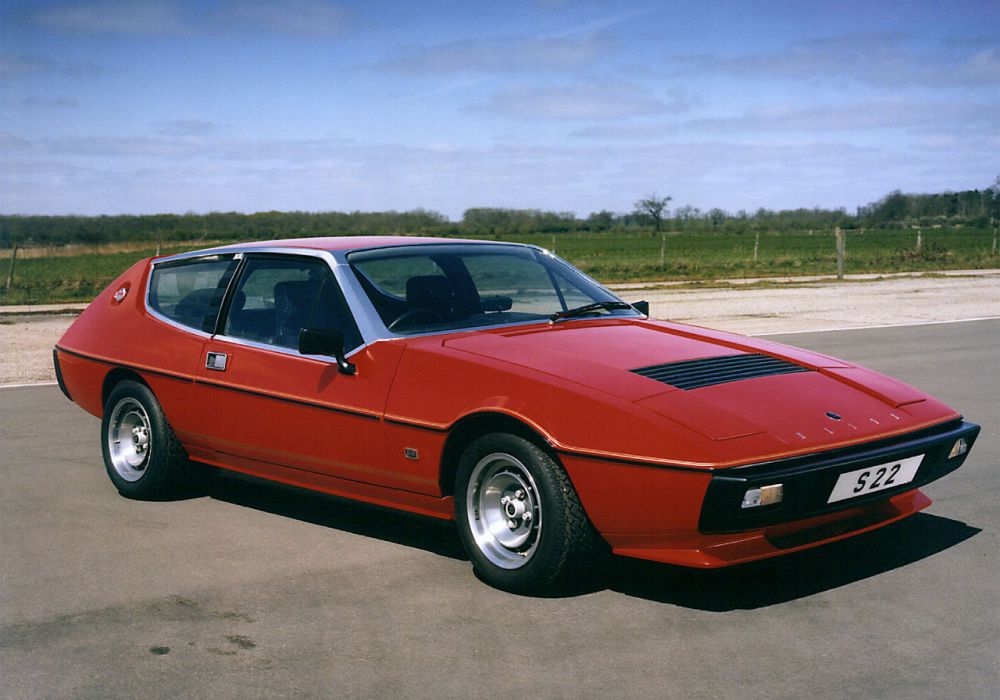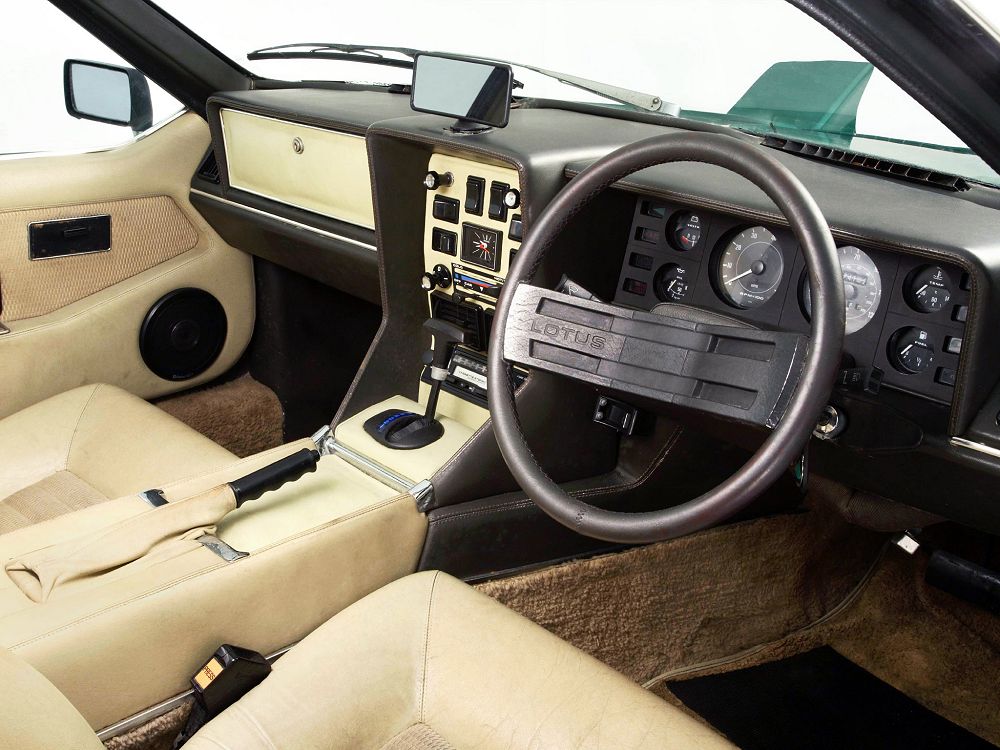Description
The Lotus Elite S 2.2 was the final evolution of the second-generation Elite, produced between 1980 and 1982. It represented the culmination of Lotus’s efforts to refine its four-seat grand touring concept before the introduction of the Lotus Excel. Like the earlier Elite 503, the S 2.2 retained the distinctive wedge-shaped design by Oliver Winterbottom and the same glass-reinforced plastic body mounted on a steel backbone chassis, but it introduced significant mechanical improvements that addressed the criticisms of earlier models. The most notable of these was the adoption of the larger Lotus Type 912 engine, which increased displacement from 2.0 litres to 2.2 litres and delivered stronger mid-range torque and improved overall performance.
The 2.2-litre engine was an all-aluminium, twin-cam, sixteen-valve four-cylinder unit, producing around 160 horsepower in standard form. While the increase in power over the previous 907 engine was modest, the real benefit came in drivability. The S 2.2 pulled more smoothly at low revs and made the car better suited to long-distance cruising. Lotus also made numerous small refinements to the drivetrain, suspension, and noise insulation, which collectively gave the car a more mature and refined feel. Power was transmitted through a five-speed manual gearbox, and the car retained independent suspension all round, with coil springs and dampers carefully tuned to balance comfort with the sharp handling that remained the hallmark of the marque. The steering was light and precise thanks to standard power assistance, and disc brakes at all four corners ensured confident stopping power.
Externally, the Elite S 2.2 looked almost identical to the earlier 503 model. Its long, low, shooting-brake profile and sharply angled tailgate gave it a distinctive character unlike any other British GT of the period. Subtle updates included improved detailing, new badging, and minor trim changes. Inside, the car featured a more refined and comfortable interior, with higher-quality materials and improved soundproofing. Air conditioning, power steering, electric windows, and a premium audio system were all standard, reflecting Lotus’s determination to present the S 2.2 as a true luxury sports hatchback rather than a bare-bones performance car. The seating layout offered genuine space for four adults and a generous luggage compartment accessible through the rear hatch, adding to the car’s practicality.
On the road, the S 2.2 was widely regarded as the best-driving version of the Elite. The stronger engine, improved gearing, and more composed suspension setup gave it a smoother, more flexible character while preserving the precision and feedback that Lotus was famous for. Contemporary road tests noted that the car felt more complete than earlier Elites, combining confident high-speed stability with excellent cornering balance. The 0–60 mph time was approximately 7.8 seconds, and top speed reached about 128 mph, respectable figures for a four-seat grand tourer of its era. Reviewers particularly praised the ride comfort, which was supple without compromising control, and the overall sense of sophistication that the S 2.2 brought to the range.
Although the S 2.2 was technically the most accomplished version of the Elite, it arrived just as Lotus was preparing to phase out the model in favour of the new Excel. Production numbers were relatively low, with the car’s high price and limited dealer network restricting its commercial success. Yet, in hindsight, the Elite S 2.2 occupies an important place in Lotus history as the final and most developed expression of the company’s 1970s grand touring philosophy. It bridged the gap between the more experimental Elite and the more conventional, Toyota-powered Excel that followed.
Today, the Lotus Elite S 2.2 is prized by collectors for its rarity, refinement, and historical significance. It embodies Lotus’s commitment to innovation and lightness while offering a level of comfort and practicality rare among the brand’s models. The combination of the enlarged 2.2-litre engine, elegant styling, and balanced chassis makes the S 2.2 a distinctive and rewarding car to own and drive. Though often overshadowed by the mid-engined Esprit of the same period, the Elite S 2.2 remains a unique interpretation of Lotus’s core philosophy — a car that combined advanced engineering with the everyday usability of a true grand tourer.


